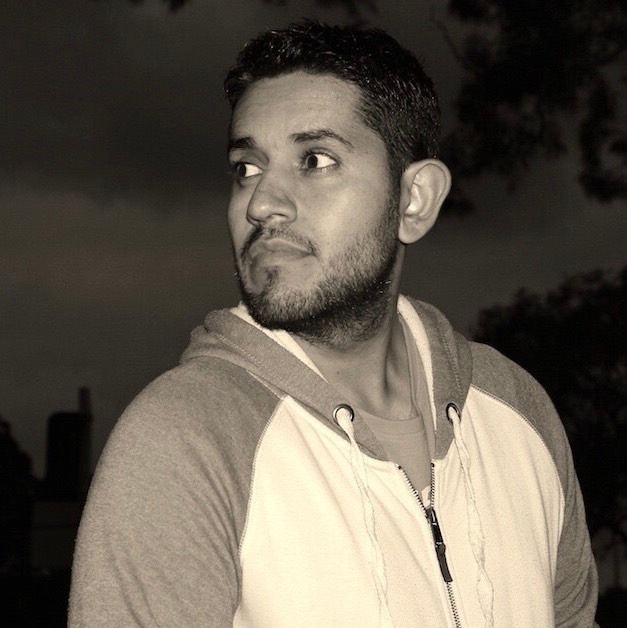
It’s been quite the journey for No Time to Die, from a bumpy development period that saw filmmaker Danny Boyle step away from the director’s chair, to a pandemic that pushed the film’s release back by around a year and a half. Add to it all, a massive $US250 million price tag and the fact that this is Daniel Craig‘s fifth and final outing as James Bond, following the mixed reception afforded to Craig’s previous Bond pic, Spectre, and … well, the pressure’s on for a winner.
Thankfully, No Time to Die mostly nails it.
We catch up with Bond in a romantic new chapter of his life, with Madeleine (Léa Seydoux) by his side. “We have all the time in the world,” Bond says (a wink to On Her Majesty’s Secret Service). Yeah, about that. It doesn’t take long before thugs give chase, bullets start flying, and Bond finds himself on a mission that is both deeply personal and of the save-the-world variety.
Through highs and lows, Craig’s run as Bond has had a narrative through-line, with Casino Royale, Quantum of Solace, Skyfall, Spectre and No Time to Die managing to serve as a five-chapter character arc for our agent. In this regard, No Time to Die works very well, serving as an ambitious and surprisingly moving finale for Craig’s Bond – a more emotional, even broken, perhaps, incarnation of the classic character that Sean Connery first portrayed on the big screen in 1962’s Dr. No.
Director Cary Joji Fukunaga (True Detective season 1, Beasts of No Nation) gets to flex his talents in a variety of ways with this big, very big, Bond chapter. Whether it’s during the emotional side of things or while driving up the energy with stunt-heavy action sequences, Fukunaga steers a gorgeous production. It’s beautifully shot (outstanding work with Oscar-winning La La Land cinematographer Linus Sandgren), with an eye for character beats, and sumptuous, clear choreography during the pursuits and combat. A grand project that, on a visual, technical level, deserves to be seen on the biggest screen audiences are able to catch it on.

Bond 25 clearly wants to be a grandiose entry in the 60-year franchise – and Fukunaga, along with cowriters Neal Purvis, Robert Wade, and Phoebe Waller-Bridge, aims to throw in as much as possible during the film’s lengthy runtime of 2 hours and 43 minutes (including credits). Impressively, they manage, for the most part, to juggle a lot: the required fan service and the slew of Bond tropes (the potentially troublesome ones, mostly ironed out now), along with emotional stakes and a weighty tone. Like I said, though, for the most part.
As the film’s primary villain, Rami Malek’s Lyutsifer Safin doesn’t quite work. Malek puts in the effort, but the character motivations are, for the most part, fuzzy, and worst still, eye-rollingly familiar and quite silly once all is made clear. Apart from being emotionally and morally damaged, scarred both externally and internally, Safin fails to feel like much of a threat. Safin’s overall demeanour, along with the usual “I’m doing this for the greater good” kind of angle driving his silly and hole-filled plan, leaves him feeling like a bit of a sore thumb in the overall film. It’s as though he’s from another Bond movie, or like something of a remnant from an earlier version in No Time to Die‘s script.
That runtime, unfortunately, also finds the film dipping into indulgence. We’re kept at arm’s length from the “secrets” for too long, as scene after scene tease reveals that are much bigger than the ones we get. The three-quarter mark certainly feels that sag, keeping a holding pattern while we itch for the big showdown. Thankfully, the film doesn’t push us into exhaustion, but it does teeter on the edge.
Once the grand finale does come along, Fukunaga and co. bring the rain. There’s plenty of gunplay and well-crafted mayhem, including an impressive staircase oner, all leading to a conclusion that deserves applause for its sheer fearlessness. It will prove polarising, which is in itself gutsy for a franchise that’s long been accustomed to crowd-pleasing.

While certain sections of this epic could have certainly done with a trim and another lookover, as a whole, No Time to Die stands up there among the better Bond films. Yes, the action is superbly crafted, the direction is spot on, and it all exudes fine filmmaking (a quick mention of Hans Zimmer’s work as composer here – tense, with familiar Zimmer elements, while nicely nodding to classic Bond themes), but it’s the pathos that carry us through with surprising earnestness. At its core, No Time to Die is a love story, a story about a man facing his own shortcomings in a world he’s tired of fighting – but finds he has no choice to.
And it’s Daniel Craig that really pulls us in, finishing his journey by giving us a Bond that is worn out, with self-loathing, and ready for change; what that change is, though, even he’s not sure of. Simply put, Craig is fantastic. Seydoux also delivers a strong, emotional performance as Madeleine, who’s given a heavier backstory and placed in the difficult and exhausting position of loving this troubled man.
No Time to Die is proudly cinematic, a film spectacle that wants to shake and stir the senses, as well as those heartstrings. Kudos, then, for it doing just that. Perhaps most importantly, No Time to Die serves as a fitting swansong for Craig’s Bond. Best of luck to whoever is cast in the role next; you have one hell of a closer to follow.

‘No Time to Die’ opened in US cinemas on October 8th and hits Australian cinemas on November 11th.












